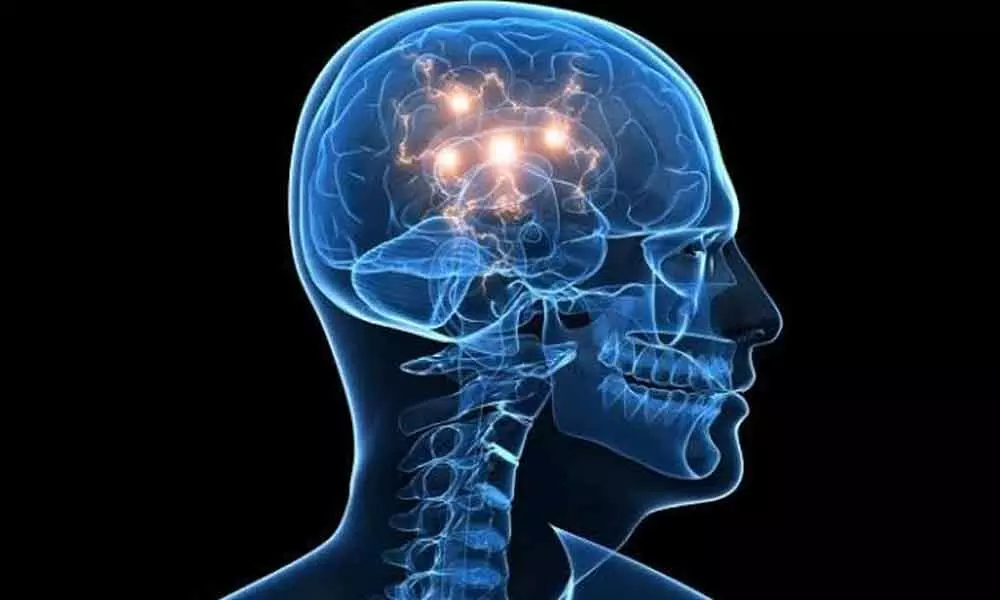Exercise of varying intensities may influence brain function differently

In a first, researchers have shown that low and high exercise intensities influence brain function differently, a finding that may pave the way for better clinical applications of physical activity in patients recovering from mental illness or brain injury.
In a first, researchers have shown that low and high exercise intensities influence brain function differently, a finding that may pave the way for better clinical applications of physical activity in patients recovering from mental illness or brain injury.
The study, published in the journal Brain Plasticity, used resting state functional magnetic resonance imaging (Rs-fMRI) -- a noninvasive technique that allows for studies on brain connectivity -- to demonstrate that low-intensity exercise triggers the brian's nerve networks involved in thought control, and attention processing. On the other hand, it said, high-intensity exercise primarily activates networks involved in emotion processing. "We believe that functional neuroimaging will have a major impact for unraveling body-brain interactions," said Angelika Schmitt from the University of Bonn in Germany. "These novel methods allow us to 'look' directly into the brains of a group of athletes, and, maybe even more importantly, understand the dynamic changes in brain structure and function associated with the transition from a sedentary to a healthy lifestyle," Schmitt said.
In the study, 25 male athletes underwent individual assessments using an incremental treadmill test. The athletes performed low and high intensity exercise bouts for 30 minutes on alternate days, the researchers said. Using the Rs-fMRI, the scientists examined the the connectivity of different brain regions in the participants before and after exercising. The athletes also completed a questionnaire to measure positive and negative mood before and after the exercise. According to the study, low-intensity exercise led to increased connectivity in brain networks associated with thought processing and attention. High-intensity work-out, the scientists said, led to increased functional networks related to emotional processes, and a decreased connectivity in areas linked to physical movements. The researchers believe that the findings may lead to more studies exploring the type of exercise intensity that best suits certain behavioral modulations.
















